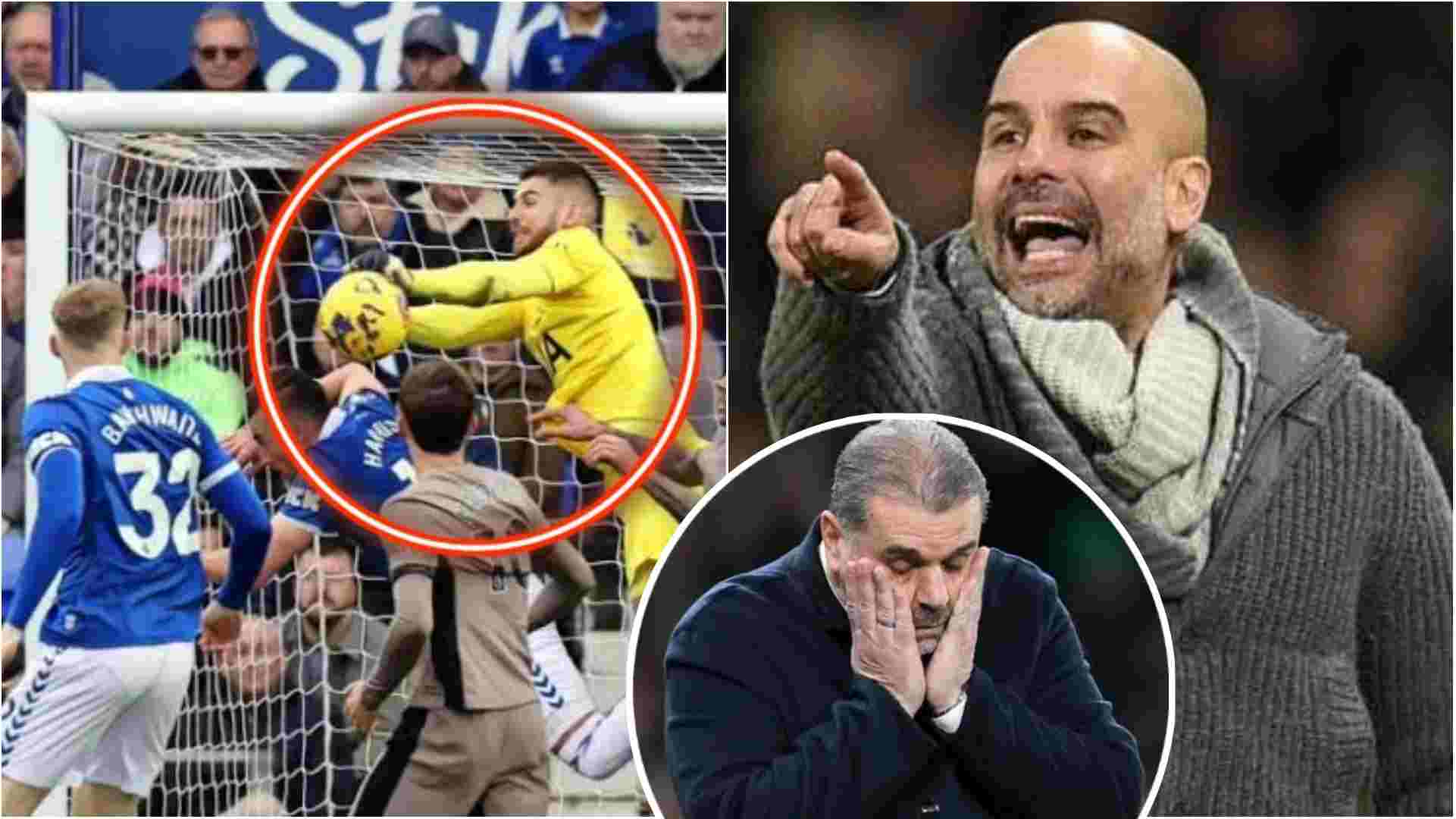In the ever-evolving landscape of football, the role of goalkeepers has undergone significant changes. The era where a goalkeeper’s primary job was shot-stopping has transitioned into an expectation for them to be ball-playing, almost outfield-like players. This shift, epitomized by Pep Guardiola’s decision to replace Joe Hart with Ederson, has raised questions about the evolving priorities of modern goalkeepers.
A prime example is David De Gea’s acquisition by Manchester United in 2011, largely due to his comfort with the ball at his feet. However, De Gea’s subsequent replacement at United indicates that this shift in focus hasn’t been without its challenges.
One aspect of this transformation involves goalkeepers’ handling of crosses and set-pieces. Traditionally, goalkeepers were encouraged to dominate the airspace in their penalty area, but contemporary coaching has seen many keepers delegate these responsibilities to defenders, often remaining pinned to their line.
This shift is evident in the Premier League, where teams now adopt strategies reminiscent of Sunday League football when dealing with set-pieces. The reliance on goalkeepers to handle defensive duties during corners has become a notable trend, and this was evident in Everton’s approach against Spurs, targeting Guglielmo Vicario.
Vicario, like many modern keepers, faced challenges when dealing with interference during set-pieces. The traditional expectation for goalkeepers to be commanding in the box seems to be fading, and keepers are now confronted with opponents encroaching on their space during corners.
Jack Harrison’s actions against Vicario exemplify this approach. By wandering into the keeper’s personal space, he disrupted the usual routine, highlighting a vulnerability that many goalkeepers now face. The usual response from goalkeepers is to either fight or fret, often leading to a distraction from the primary task of dealing with the ball.
The increasing success of in-swinging corners has exacerbated the situation, making it imperative for goalkeepers to recognize and adapt to the changing threat. Referees and VAR officials are less sympathetic to goalkeepers’ concerns, and clubs are capitalizing on the trend of in-swinging corners, as seen in Arsenal’s approach last season.
The shift in focus from height as a primary criterion for goalkeepers to their ability to deal with set-pieces underscores the changing demands of the position. While modern keepers may have benefited from staying deeper and closer to the line in certain situations, dealing with corners demands a rediscovery of the traditional art of aerial domination.
In conclusion, goalkeepers face a new challenge in the era of evolving football tactics. Balancing the modern expectation of being ball-playing contributors with the traditional role of commanding the box during set-pieces will be crucial for their success. The art of dealing with crosses and in-swinging corners requires adaptability and a proactive approach, ensuring that goalkeepers can assert their dominance in all aspects of the game.
